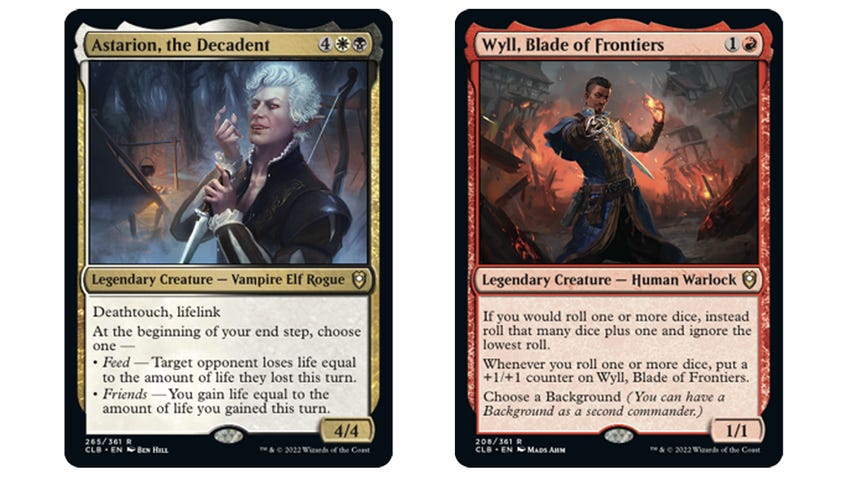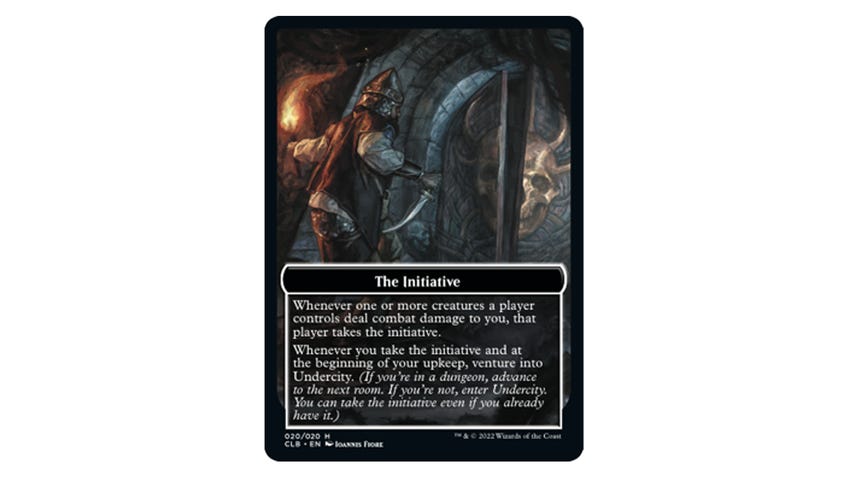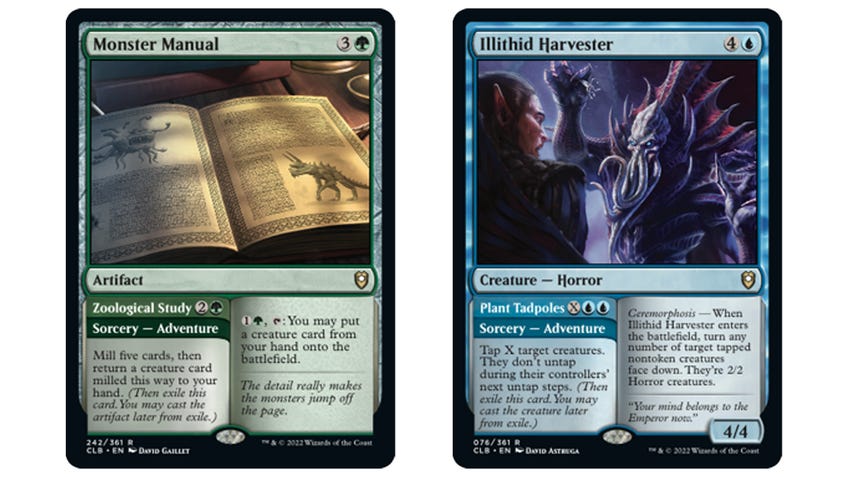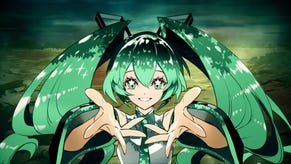The best D&D references in Magic: The Gathering - Battle for Baldur’s Gate
Roll Perception.
Commander Legends: Battle for Baldur’s Gate is the first non-Standard Magic: The Gathering set of the year, and it’s taking us back to the world of Dungeons & Dragons, which was a genuine joy when we first went there in last year’s Adventures in the Forgotten Realms. Not only does this set have to appeal to MTG players, it once again has to bridge the divide between D&D and Magic - and that means loads of cool references.
D&D references in Battle for Baldur’s Gate MTG
We previously dug into the D&D Easter eggs in Adventures in the Forgotten Realms, which means that we’ll have to dig a little deeper to find things we didn’t already talk about. Thankfully, that’s exactly what Wizards of the Coast has done anyway, so it shouldn’t be too taxing on any of us. Let’s don a cloak, roll for stealth and sneak on into it, shall we?
Realistically, nearly every card in Battle for Baldur’s Gate is a D&D reference of some kind, barring a few reprints which look right, but don’t always feel right. We’re looking at the overarching themes that come through, along with a few mechanics and ideas that are so in-your-face about their D&Dness that you can’t possibly ignore them.
Baldur’s Gate 3
Party up

Baldur’s Gate 3 is the magnificent D&D video game being created by the dizzying minds over at Larian Studios. Even in Early Access it’s already a marvel. The roleplaying game features an engaging and needlessly attractive cast of main characters, all of whom you’ll be able to play as or alongside. The likes of Astarion, Wyll and Lae’zel all make an appearance in Commander Legends: Battle for Baldur’s Gate too, and they’re all potentially powerful commanders in their own right.
Astarion, the Decadent is a six-mana White and Black 4/4 creature with Deathtouch and Lifelink that can either double your life gain or double the damage your opponents have taken instead. Wyll, Blade of Frontiers is a two-mana Red 1/1 that allows you to roll one extra dice and ignore the lowest roll, and also gets +1/+1 counters whenever you roll a die. Plus, you can choose a background for him, which leads us on to our next nod to the RPG…
Backgrounds
Who are you?

Backgrounds are a new kind of card in Battle for Baldur’s Gate that can act as a second commander, as long as your first commander has “Choose a Background” on them. They’re enchantments and, because you can choose one as a second commander, allow you to add different colours to your decks. They’re also a reference to the way you create a character in Dungeons & Dragons.
Raised by Giants, for example, is a six-mana enchantment that turns all commander creatures you own into 10/10 giants, which is a nice bonus. Then you’ve got the likes of Flaming Fist, which gives commander creatures you control Double Strike when they attack, or Noble Heritage, which gives commander creatures you control an ability that reads: “When this creature enters the battlefield and at the beginning of your upkeep, each player may put two +1/+1 counters on a creature they control. For each opponent who does, you gain protection from that player until your next turn.” Those are a lot of words, but it basically means good things for your fancy noble legendary creature.
Initiative
Taking the lead

Initiative in Dungeons & Dragons allows you to figure out the turn order of player characters and NPCs. The higher the initiative, the more likely it is that they’ll be going first, and could potentially let you wipe out a problematic foe before they act. That’s a hard thing to put into a game where you have to take turns, but Magic: The Gathering has done it anyway.
In Battle for Baldur’s Gate, initiative does a lot of things. You can earn it by playing cards that allow you to take the initiative, hitting someone who has the initiative or having a player with initiative leave the game while it’s your turn. When a player takes the initiative, they get to venture into the Undercity, which is basically a special dungeon to work your way through for bonuses, and you then get to do that again in each of your upkeeps. There are also some cards that are stronger if you have the initiative, too.
Dead Three
Legends of death

Here’s something for the goths out there. (Which is most of you judging by the recent My Chemical Romance gigs.) The Dead Three are three death-themed gods in Baldur’s Gate who are legends in the world. You’ve got Myrkul, who is god of the dead; Bhaal, who is god of murder; and Bane, who is hot. Wait, no. Bane, who is god of tyranny and strife.
Each of these three makes an appearance in this new set. They’re all three colours, are indestructible if you have less than or equal to half of your starting life total, and have abilities that trigger when your creatures die. They’re all likely to see a fair bit of play thanks to their abilities, so don’t be surprised when you know all of them by heart in a few weeks.
Adventures
The furthest we’ve ever been

Adventures were introduced to Magic: The Gathering back in 2019 release Throne of Eldraine. They allow you to cast creatures as spells, before casting them as creatures later on. It effectively gives the player more options, and it’s a fun bit of design. It’s only natural that we’d see them popping up in Battle for Baldur’s Gate, although we’re still perplexed as to how they didn’t turn up in Adventures in the Forgotten Realms.
One twist in this set is that we’ve got cards that aren’t creatures with adventures this time. There are now a few artifacts with adventures on them, like the Monster Manual, which could easily be a reference all on its own. It’s nice to see this design back again, but it’s also near-perfect from a flavour perspective. In other returning mechanics, there are also references to both experience and parties as well, both of which fit so well in this D&D world.
Gates
Not the walking kind

Our final choice is gates. That’s right, there are locks all over the place and little picket fences. Well, no, not quite. Gates are a kind of land in Magic: The Gathering that usually bring with them different mana types or strange effects. Given that this set is literally called Baldur’s Gate, it’s no surprise to see them back here.
However, we’re not sure anybody was ready for a card literally called Baldur’s Gate, which allows you to add mana equal to the number of gates you control. There are a few other gates in the set too. While the reference itself is nice, this entry is mostly here because of the sheer brazenness required to have Baldur’s Gate be a literal gate in MTG. You have to respect it.









